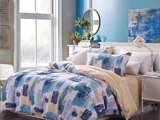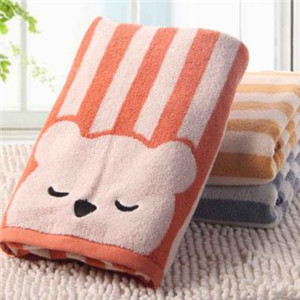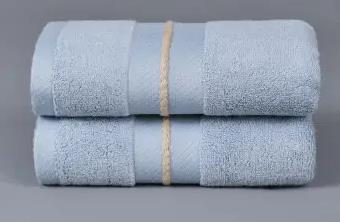Bamboo fibre
Features of bamboo fiber products
Bamboo fiber application instructions
Market prospect of bamboo fiber
See more "bamboo fiber" franchise projects
“ Bamboo fibre ”Related franchise projects
-
Products: Bamboo fibre Number of stores: eighty -
Investment amount: -
100000~200000
-
Consultation: -
zero people
-
Requested: -
eight hundred and twenty-seven people
Bamboo fiber in the bamboo era Qinhuai District, Nanjing City, Jiangsu Province -
-
Products: Bath towel Number of stores: one hundred -
Investment amount: -
100000~200000
-
Consultation: -
zero people
-
Requested: -
eight hundred and twenty-one people
Faraya bamboo fiber home textile Chongwen District, Beijing -
-
Products: Housewear & Furnishings Number of stores: one hundred and fifty-six -
Investment amount: -
100000~200000
-
Consultation: -
zero people
-
Requested: -
one thousand one hundred and thirty-three people
Sanhe Bamboo Fiber Headquarters Fengtai District -
-
Products: Bath towel Number of stores: one hundred -
Investment amount: -
100000~200000
-
Consultation: -
zero people
-
Requested: -
one thousand and seventy-five people
Jade bamboo fiber towel Mawei District, Fuzhou City, Fujian Province -
-
-
Investment amount: -
50000~100000 yuan
-
Consultation: -
zero people
-
Requested: -
one thousand one hundred and thirty-eight people
Love bamboo fiber towel Anji County, Huzhou City, Zhejiang Province -






